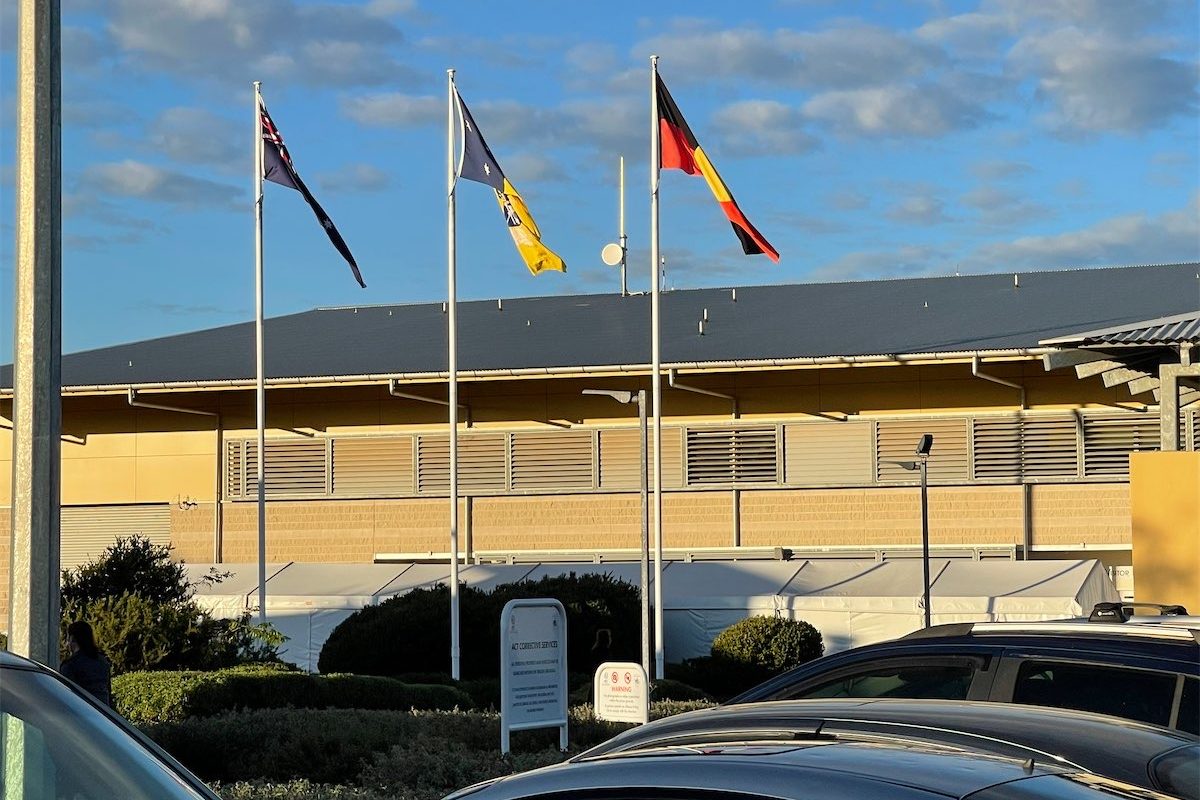
“A separate dwelling is the dominant choice for most households in Canberra, although the share of households occupying higher-density dwellings is increasing,” writes former planner MIKE QUIRK.
Infill is widely advocated as a means to reduce the environmental impact of city development.

However, the “Australian Dream” for many households remains a spacious detached house with a backyard.
For the environmental aims of infill to be achieved, redevelopment dwellings need to meet the housing requirements of more households.
A separate dwelling is the dominant choice for most households in Canberra although the share of households occupying higher-density dwellings is increasing.
Between 2011 and 2021 the share of households living in separate dwellings fell from 90 to 83 per cent for couples with children households; from 78 to 69 per cent for couple households; from 74 to 63 per cent for one-parent households and from 51 to 41 per cent for one-person households.
The decline is the result of the increase in the proportion of couple and lone-person households from 48 to 51 per cent, high house prices and the benefits provided by a dwelling in an accessible location.
These factors have led to the shares of households living in apartments increasing from 12 to 19 per cent and in semi-detached/terrace dwellings from 14 to 17 per cent.
Strategies to increase the acceptability of higher-density development include improving the design of apartments to meet the needs of the community.
Research undertaken by the UNSW School of Built Environment and City Futures Research Centre provides some guidance.
The research identified too few apartments are being designed with the needs of families in mind. The existing stock is dominated by one to two-bedroom apartments marketed to investors whose prime market is singles and childless couples who rent.
Families (and other households) struggle with poor sound-proofing; inadequate storage; inflexible layouts; too few bedrooms (only 14 per cent of apartments in Canberra have three or more bedrooms); narrow hallways and unsafe balconies and outdoor play areas.
Apartment not a long-term home for many families
Consequently, many families with children do not view an apartment as a long-term home. Furthermore, while households may need and want larger units, additional floor space comes at a cost that some cannot afford.
Improved design would be facilitated by highlighting examples of quality development and the preparation of a design guide along the lines of the Victorian Government’s Future Homes initiative, which provides free, high-quality designs to those building. If adopted, the development secures a faster path through the planning system.
Current policy settings predominately result in the construction of dual occupancies (many meeting the needs of households with sufficient incomes); and high and medium-rise apartments in and around town centres, along Northbourne Avenue and Kingston. The developments frequently result in a loss of tree cover, an increase in hard services, parking blight and local traffic congestion. Many units lack privacy and have poor solar access and security.
Minimum block size for redevelopments
These impacts could be reduced, and community acceptance increased, by requiring a minimum block size for redevelopments along the lines of the 0.4 hectares required in the Kingston/Griffith redevelopment area in the ’70s, as suggested by Richard Johnston (CN August 31, 2023).
Along with the exclusion of dual occupancies in RZ2 zones, the change would facilitate the provision of increased numbers of appropriate and affordable apartments and the construction of much needed social housing.
To maintain the quality of areas undergoing redevelopment, substantial social and physical infrastructure, funded from lease variation changes, will be required.
According to a survey by the Strata Community Association NSW in October 2021, almost 40 per cent of new apartment complexes in NSW had significant defects. Major defects have been found in several complexes in the ACT.
The deficiencies included cracked foundations, water seepage, faulty balconies and combustible cladding. To increase the protection of purchasers and to make developers more accountable for defects, the NSW government has appointed commissioners for Building and Strata and Property Services and the ACT government has introduced the Property Developers’ Bill.
Until redevelopment dwellings can fully meet housing needs, there will be an ongoing demand for new detached dwellings.
The ACT government, unlike when it adopted the mantra of light rail at any cost, can by assessments of housing preferences, housing affordability, infrastructure and the environment, produce a planning strategy that meets housing needs while reducing the environmental impacts of Canberra’s development.
Mike Quirk is a former NCDC and ACT government planner.
Who can be trusted?
In a world of spin and confusion, there’s never been a more important time to support independent journalism in Canberra.
If you trust our work online and want to enforce the power of independent voices, I invite you to make a small contribution.
Every dollar of support is invested back into our journalism to help keep citynews.com.au strong and free.
Thank you,
Ian Meikle, editor





Leave a Reply